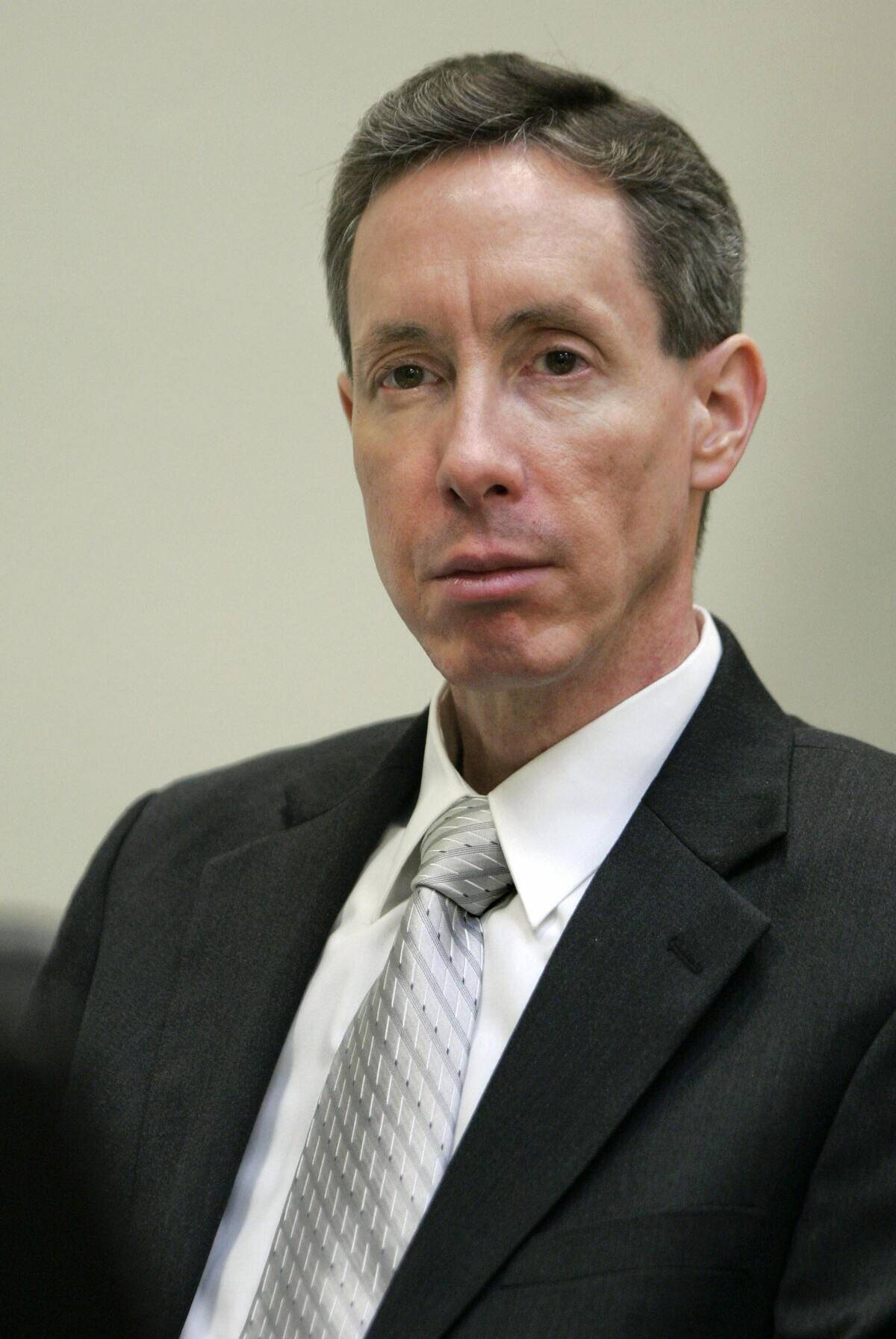Cult leaders who had terrifying plans for their followers
Charisma is a powerful force, often leading people to follow individuals with magnetic personalities. However, this charm can mask darker intentions, turning seemingly benign leaders into manipulative figures.
Charismatic leaders have historically attracted followers who are willing to go to great lengths for a cause they believe in. This phenomenon has led to the rise of cults, where the allure of belonging and purpose can overshadow critical thinking and individuality.
Jim Jones and the Jonestown Tragedy

Jim Jones, leader of the People’s Temple, orchestrated one of the most infamous cult tragedies in history. In 1978, at least 900 followers died in a mass suicide-murder in Jonestown, Guyana.
Jones’s charismatic yet authoritarian leadership style convinced his followers of an impending apocalypse, leading them to ‘revolutionary suicide.’ The tragedy highlighted the dangers of blind loyalty and the catastrophic consequences of unchecked power within cults.
Charles Manson: Helter Skelter and The Family

Charles Manson’s ‘Family’ was a cult that shocked the world with its violent acts in 1969. Manson, a charismatic yet manipulative figure, convinced his followers that they were destined to ignite a race war he dubbed ‘Helter Skelter.’
His ability to control and manipulate his family members into committing gruesome murders revealed the terrifying power of cult leaders to distort reality and morality for their own ends.
David Koresh and the Waco Siege

David Koresh led the Branch Davidians in a deadly standoff with federal agents in Waco, Texas, in 1993. Claiming to be the final prophet, Koresh amassed a significant following who believed in his apocalyptic visions.
The 51-day siege ended in a tragic fire, killing 76 people. Koresh’s ability to command unwavering loyalty, even in the face of death, underscores the profound influence cult leaders can have over their followers.
Heaven’s Gate: Awaiting the Spaceship

Heaven’s Gate, led by Marshall Applewhite, believed in an extraterrestrial salvation. In 1997, 39 members committed mass suicide to board an alleged spaceship trailing the Hale-Bopp comet.
Applewhite’s teachings combined New Age beliefs with science fiction, creating a narrative that captivated his followers’ imaginations. This tragic event demonstrated how charismatic leaders could exploit spiritual and existential beliefs to manipulate individuals into extreme actions.
Aum Shinrikyo: Tokyo Subway Attack

Aum Shinrikyo, a Japanese doomsday cult, gained infamy with its 1995 sarin gas attack on the Tokyo subway. Led by Shoko Asahara, the cult blended elements of Buddhism, Hinduism, and apocalyptic prophecies.
Asahara’s persuasive charisma and promises of enlightenment attracted at least 1,000 followers. The Tokyo attack, resulting in 13 deaths and at least 980 but potentially thousands injured, highlighted the destructive potential of cults driven by delusional ideologies and ruthless leadership.
The Order of the Solar Temple: A Journey to the Stars

The Order of the Solar Temple, founded by Joseph Di Mambro and Luc Jouret, believed in the spiritual transformation and a journey to a new world. Between 1994 and 1997, an estimated 74 members died in murder-suicides across Switzerland, France, and Canada.
The leaders convinced their followers that their deaths were necessary for the transition to a higher spiritual plane. This chilling narrative shows how cults can use esoteric beliefs to justify fatal actions.
Rajneeshpuram: Bioterror in Oregon

In the 1980s, the Rajneesh movement, led by Bhagwan Shree Rajneesh, settled in Oregon. Seeking control of local politics, the cult committed the largest bioterror attack on US soil by poisoning salad bars with Salmonella, sickening 751 people.
Rajneesh’s charisma and promise of spiritual awakening attracted thousands of followers, demonstrating how cults can manipulate and exploit for power, often violating ethical and legal boundaries in pursuit of their objectives.
NXIVM: The Dark Side of Self-Improvement

NXIVM, led by Keith Raniere, presented itself as a self-improvement organization. However, it devolved into a secretive cult involving manipulation, exploitation, and human trafficking.
Raniere’s charismatic persona and promises of empowerment drew in many, including celebrities. The group’s eventual exposure and Raniere’s conviction in 2019 highlighted how seemingly benign organizations could mask sinister intentions, using self-improvement as a facade for control and abuse.
The Movement for the Restoration of the Ten Commandments of God: A Deadly Countdown

In Uganda, the Movement for the Restoration of the Ten Commandments of God was led by Joseph Kibwetere and Credonia Mwerinde. The group awaited the apocalypse, ultimately resulting in a mass murder-suicide in 2000, killing at least 924 members.
The leaders’ charismatic authority and apocalyptic predictions captivated followers, culminating in a tragic event. This illustrates the lethal potential of cults centered around doomsday prophecies and the manipulation of religious fervor.
The Ant Hill Kids: A Story of Abuse and Control

The Ant Hill Kids, led by Roch Thériault in Canada, was notorious for extreme abuse and control. Thériault’s charismatic yet tyrannical leadership turned his commune into a nightmare of physical and psychological torment.
Followers endured brutal punishments, believing Thériault’s claims of divine insight. This cult’s disturbing narrative highlights the horrifying extent of manipulation and abuse that can occur under the guise of spiritual leadership.
Children of God: Exploitation in the Name of Faith

Founded by David Berg (not pictured), the Children of God, later known as The Family International, was infamous for its exploitative practices. Berg’s teachings promoted unconventional relationships and were accused of systemic abuse.
The cult’s charismatic leadership and distorted religious beliefs manipulated followers, leading to widespread trauma. The group’s history serves as a cautionary tale of how religious rhetoric can be twisted to justify exploitation and control.
FLDS and Warren Jeffs: A Tale of Power and Polygamy

The Fundamentalist Church of Jesus Christ of Latter-Day Saints (FLDS), led by Warren Jeffs, is known for its practice of polygamy and authoritarian control. Jeffs’s charismatic influence allowed him to dictate every aspect of his followers’ lives, resulting in widespread abuse and exploitation.
His eventual arrest and conviction in 2011 for crimes against minors exposed the dark underbelly of a community that thrived on secrecy and manipulation, highlighting the dangers of unchecked religious authority.





